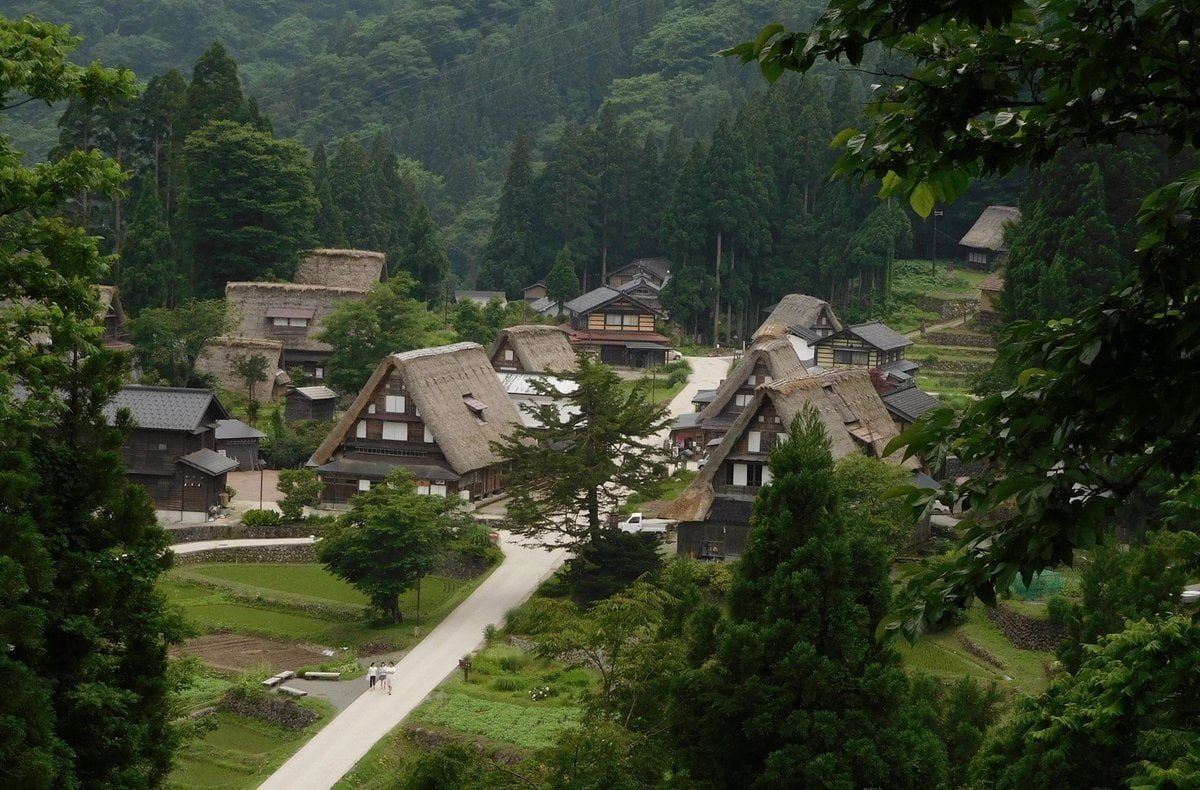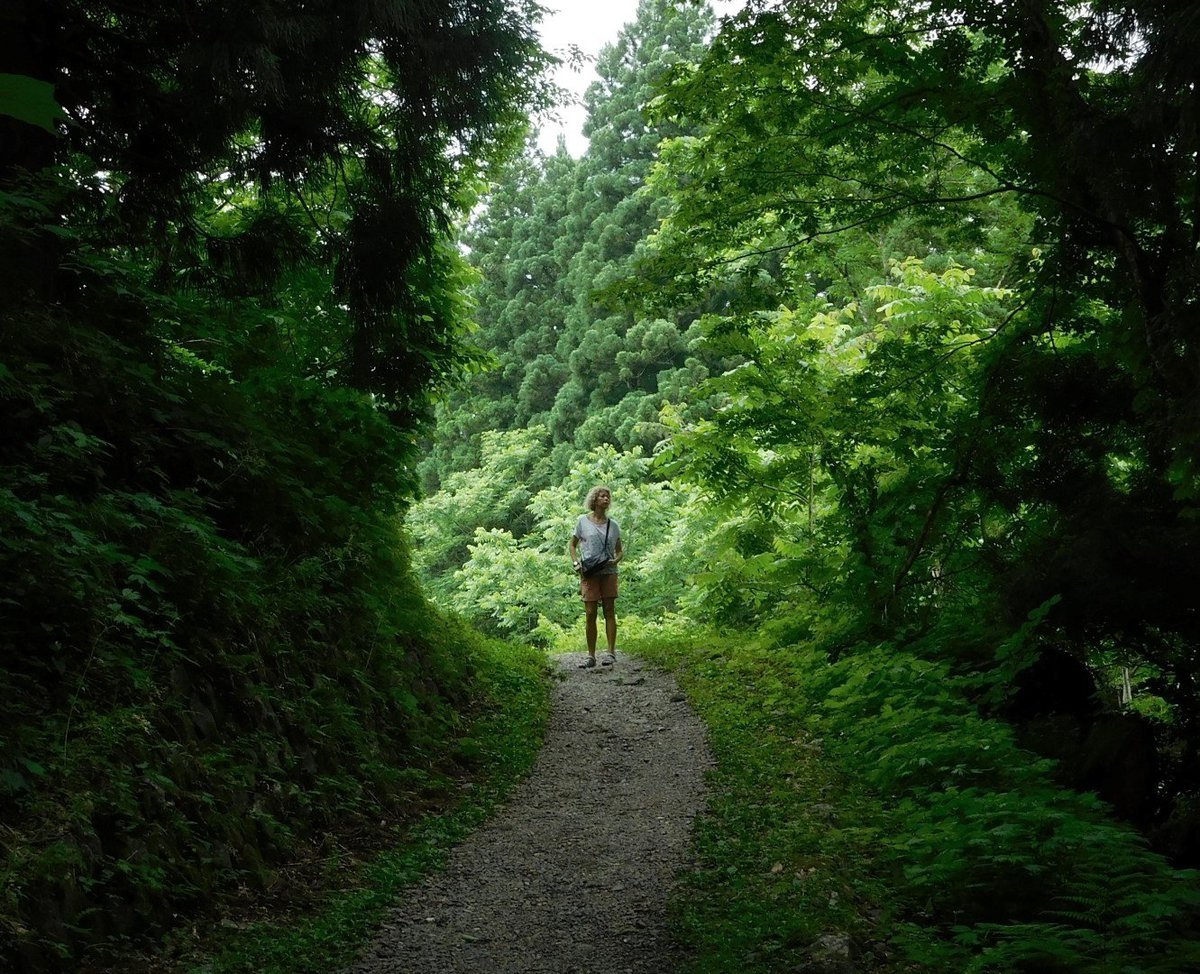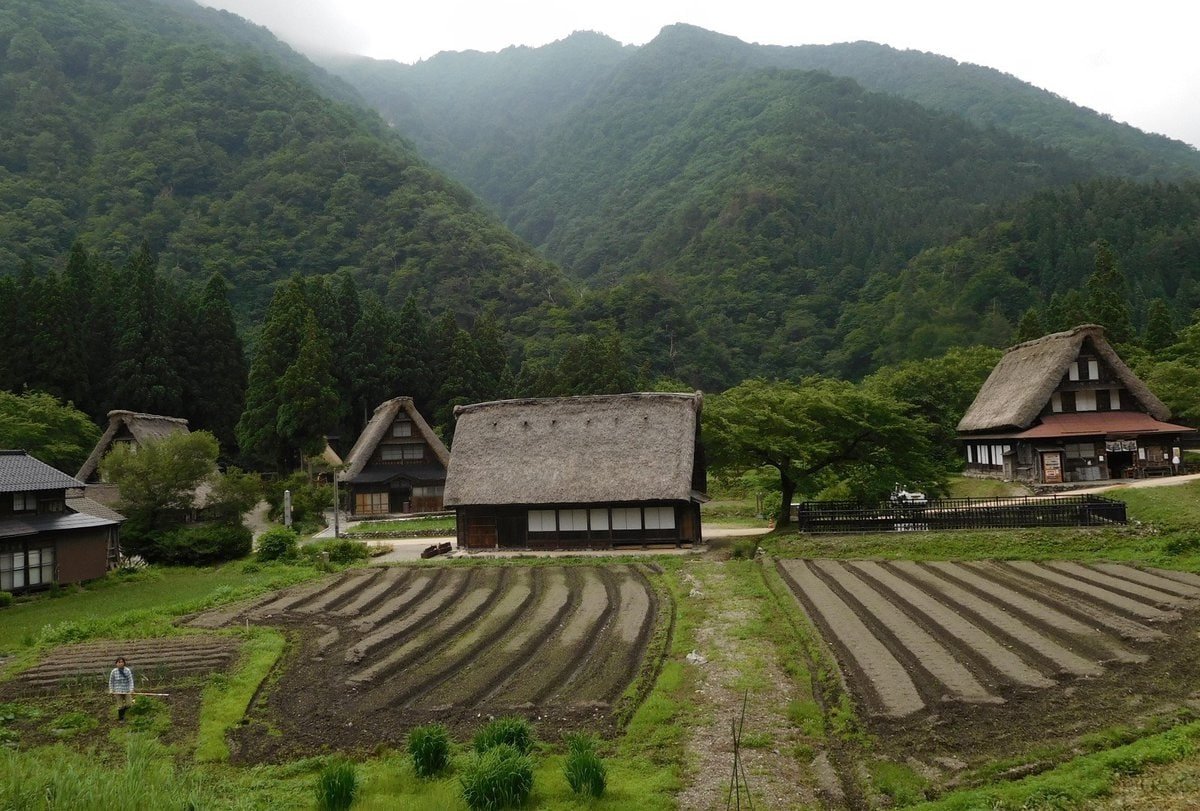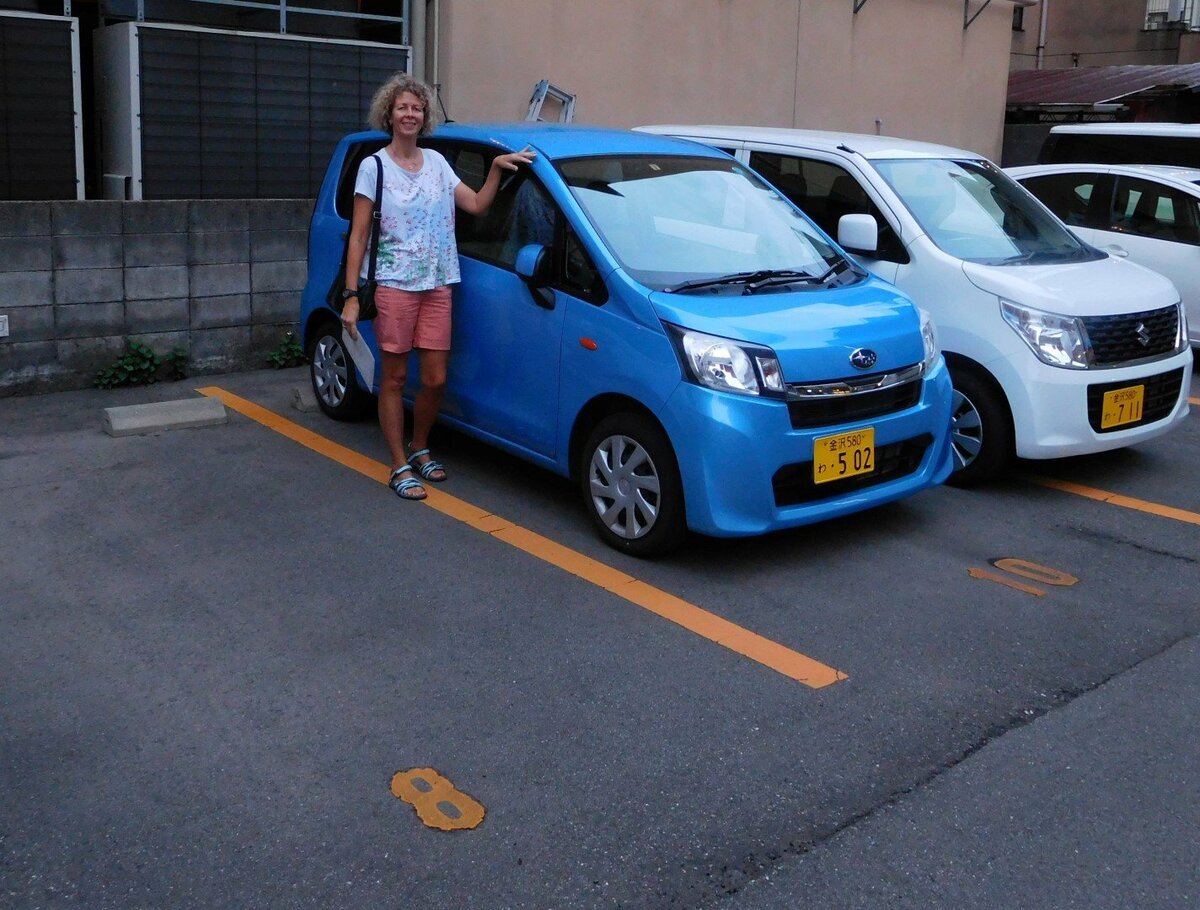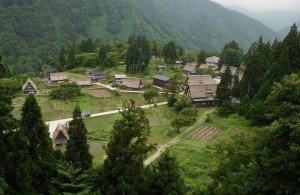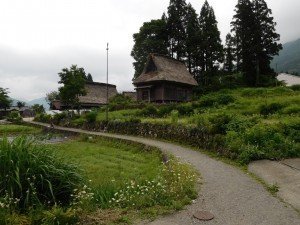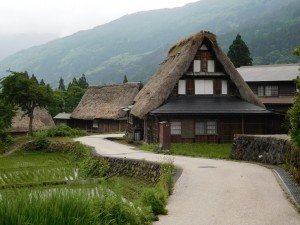After nearly 4 weeks in Tokyo, it’s time to venture into the countryside. We expect the rest of Japan will be a totally different experience compared to Tokyo and we hope just as exiting. First stop Takayama, a really quaint riverside town with well preserved wooden merchants’ houses dating back to the 1700s, lots of temples and the most delicious food.
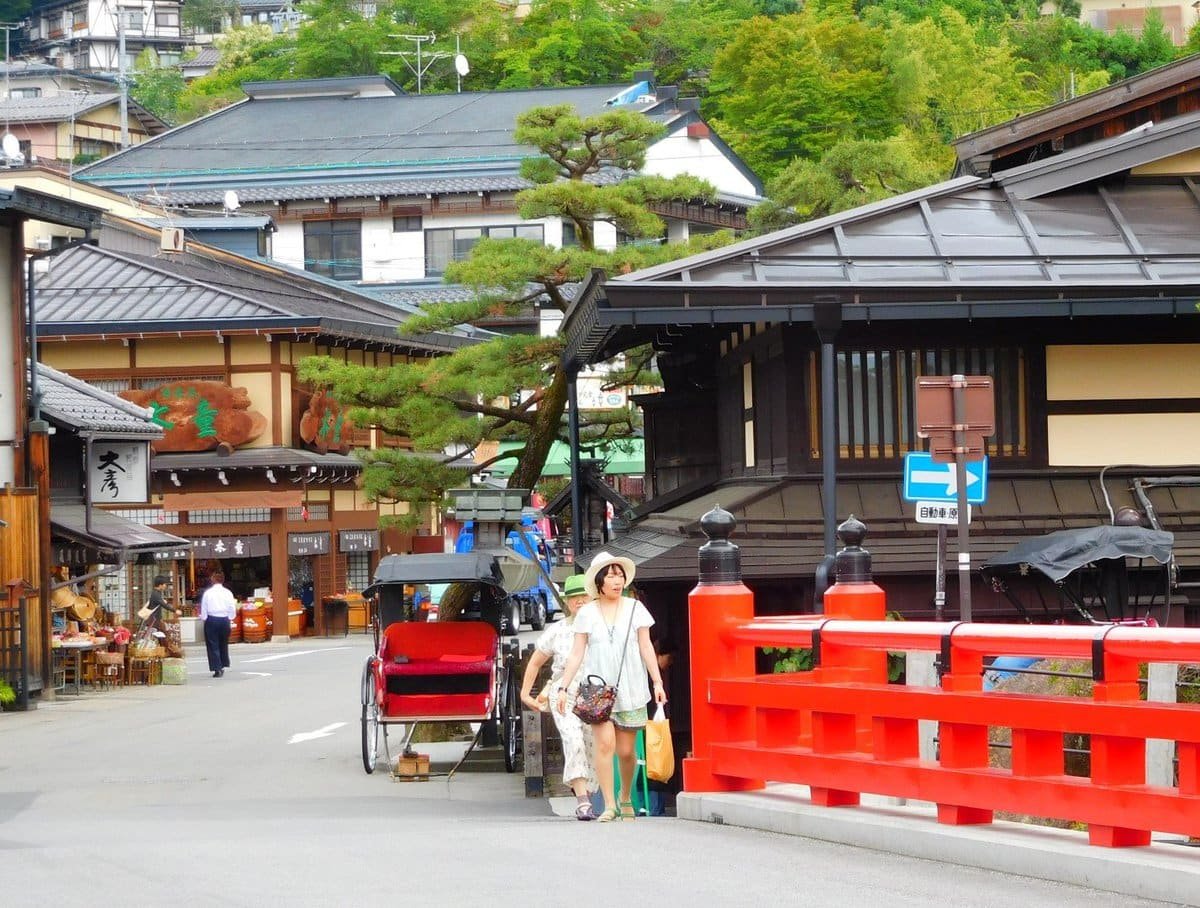
We only stayed two nights in Takayama and had two days to explore which turned out to be just right as you can easily walk the centre of town in a day. Since China, Nick has developed a way of remembering names of places by relating them to something with meaning to him, like Xingping is Sin-bin, Hangzhou is Hang-Joe, Wuzhen is Wuss-hen and now Takayama is Taco-yummy. When I said this morning I was going to take a shower (Takashawa!), he asked where is that?

The old houses still set the scene of what the town was like about 300 hundred years ago in the days of the Shoguns, Samurai warriors, Geishas and the like.
The weather was a bit drizzly but not cold. We walked a bit further from the center to an area famous for its temples and we pretty much had the town to ourselves. The temples are located amongst private residences, gardens and rice fields. Like many Europeans have a vegetable patch, in Takayama they grow rice for private consumption.
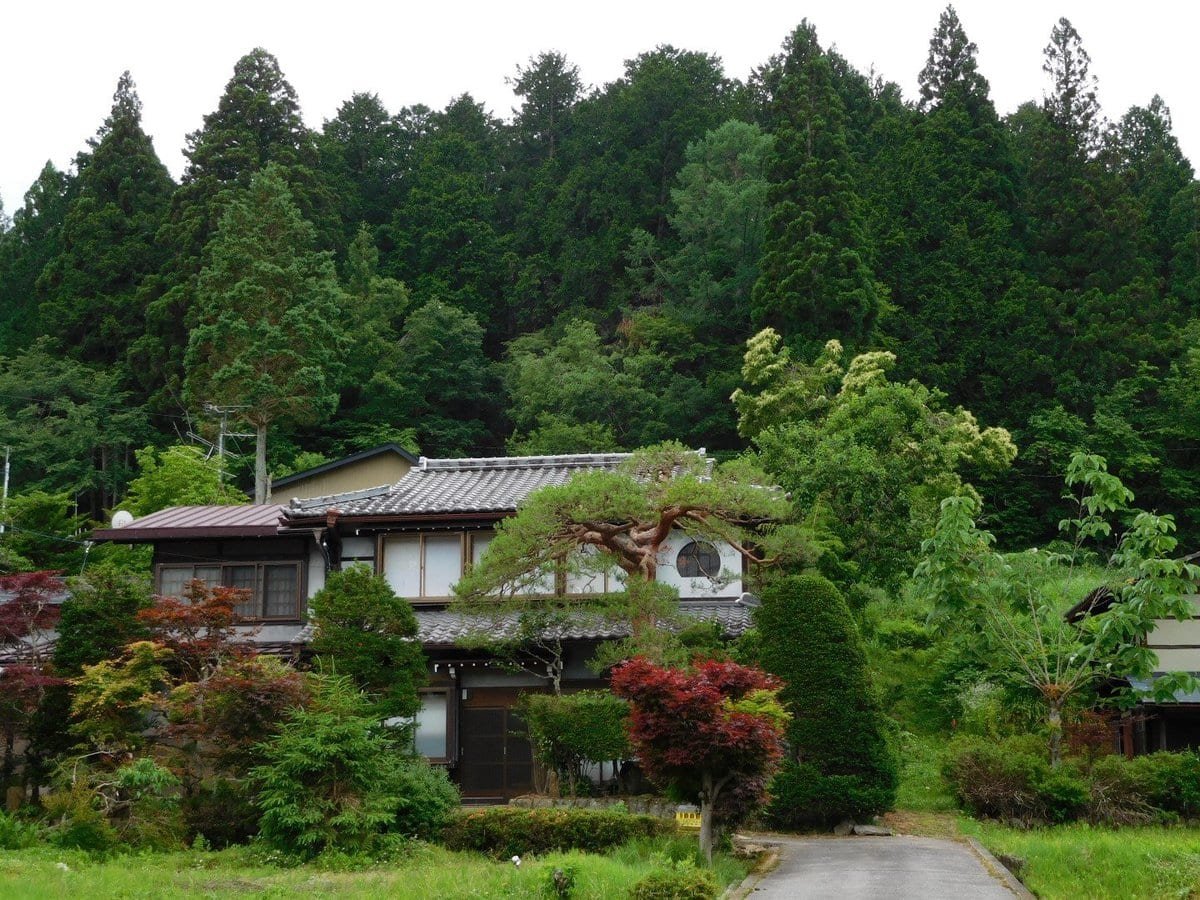

In a way Takayama reminds me of Kakopetria in Cyprus. Maybe all mountain towns have their own cuisines based on what grows well in the clean air?! Local specialities include mountain vegetables, peach and pumpkin jelly and miso toasted on a magnolia leaf (Hoba Miso) served up with vegetables and fresh tofu.

We learnt that Wagyu beef loosely translates to ‘Japanese’ beef and that the local beef in Takayama (called Hida beef) is a true delicacy up there with Kobe beef (those lucky cows that are fed beer and get massages).
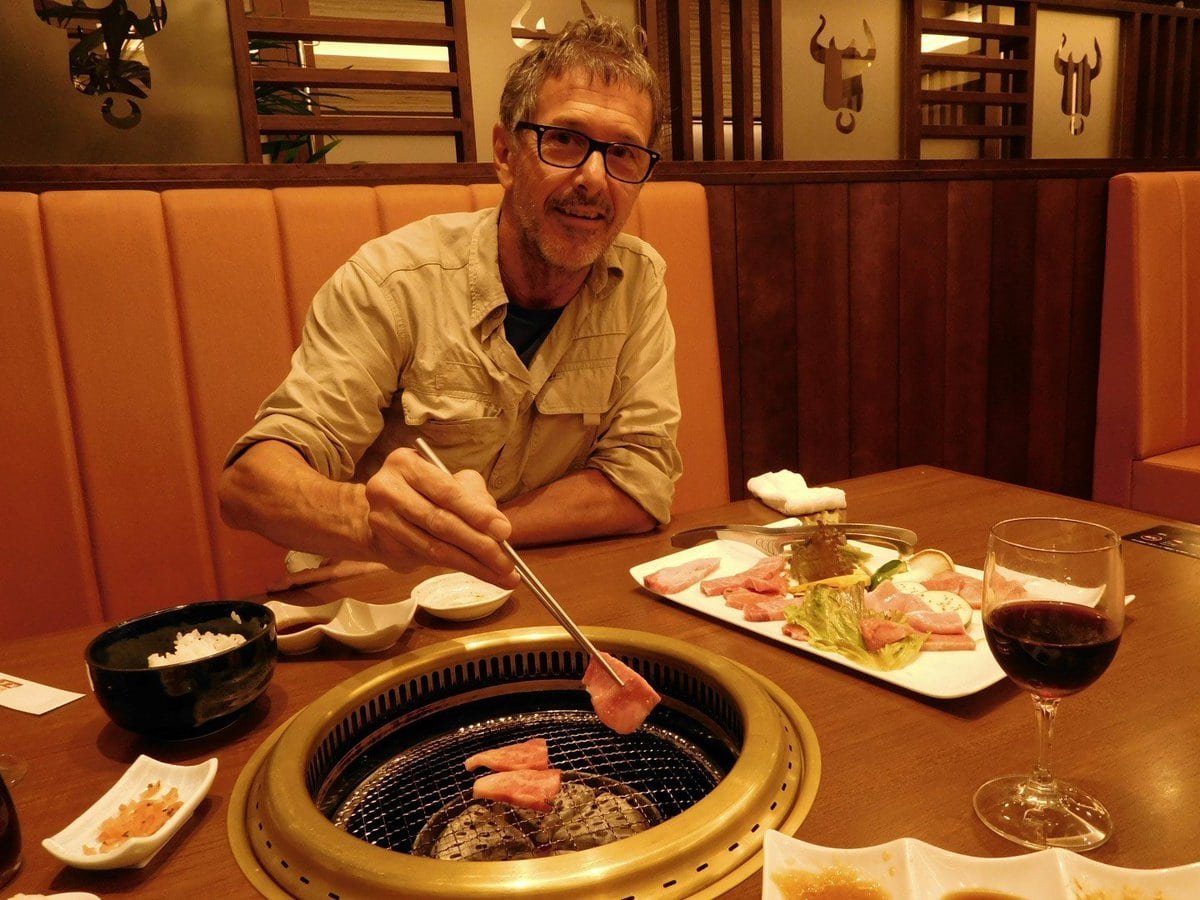
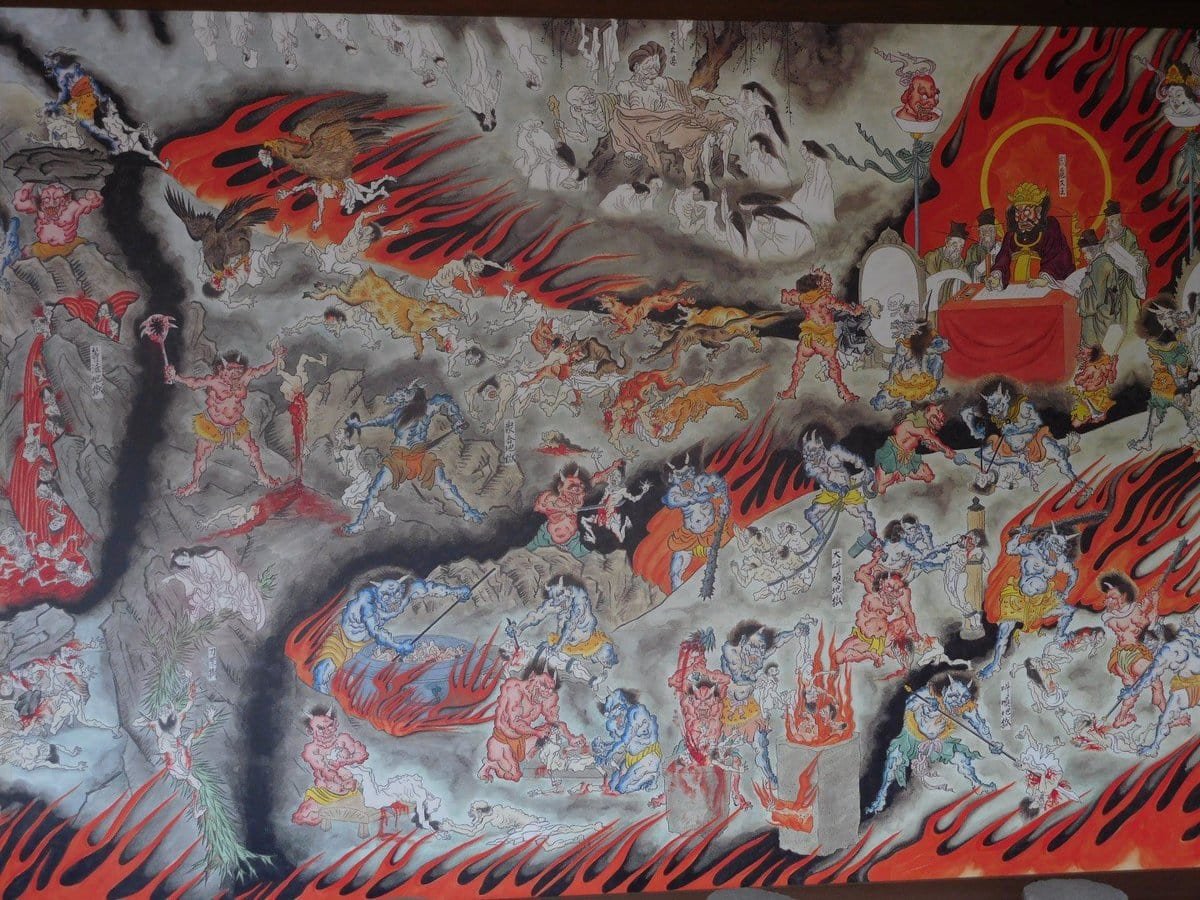
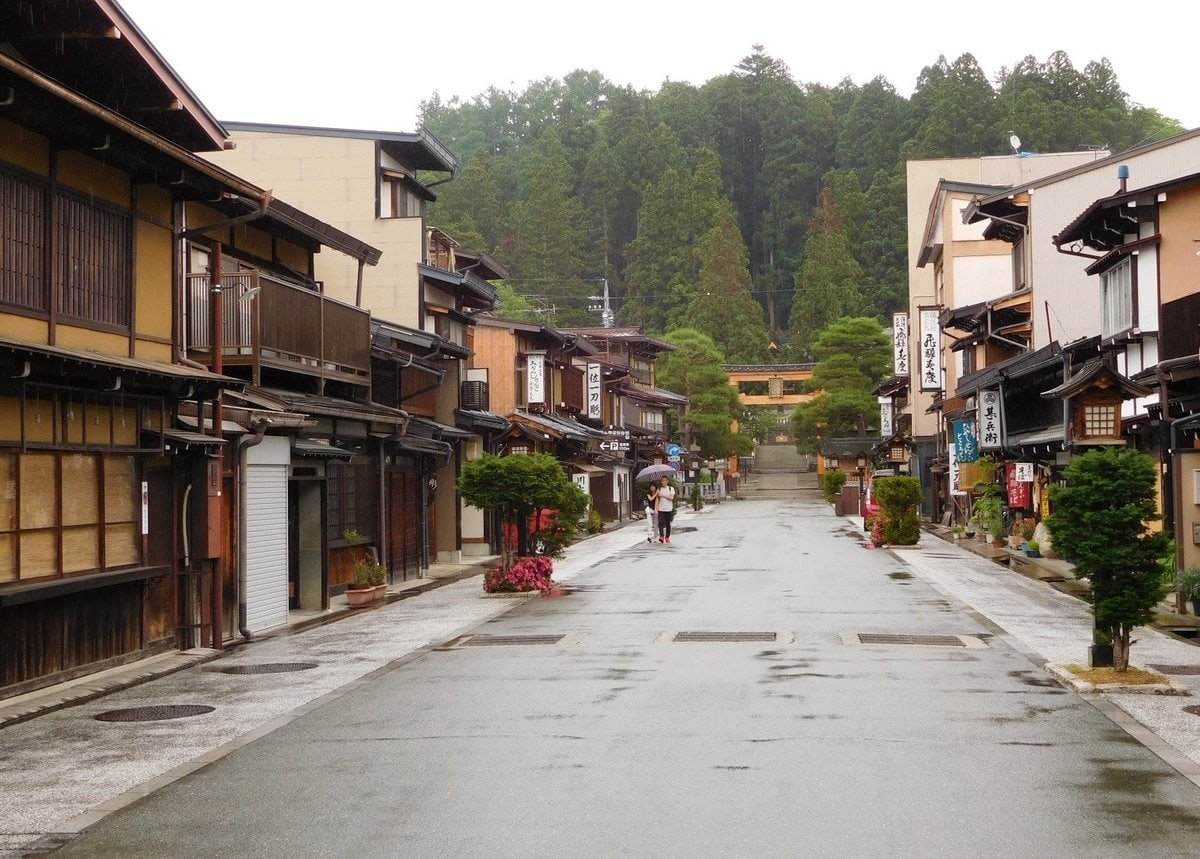
The mountains in this area are really impressive. We drove through them by bus on the way to Takayama from Tokyo but we also rented a car for a day to explore further on our own. In winter large parts are difficult to access because of heavy snow and it’s a popular area for skiing and bathing in the many Onsen (resorts developed around hot springs).
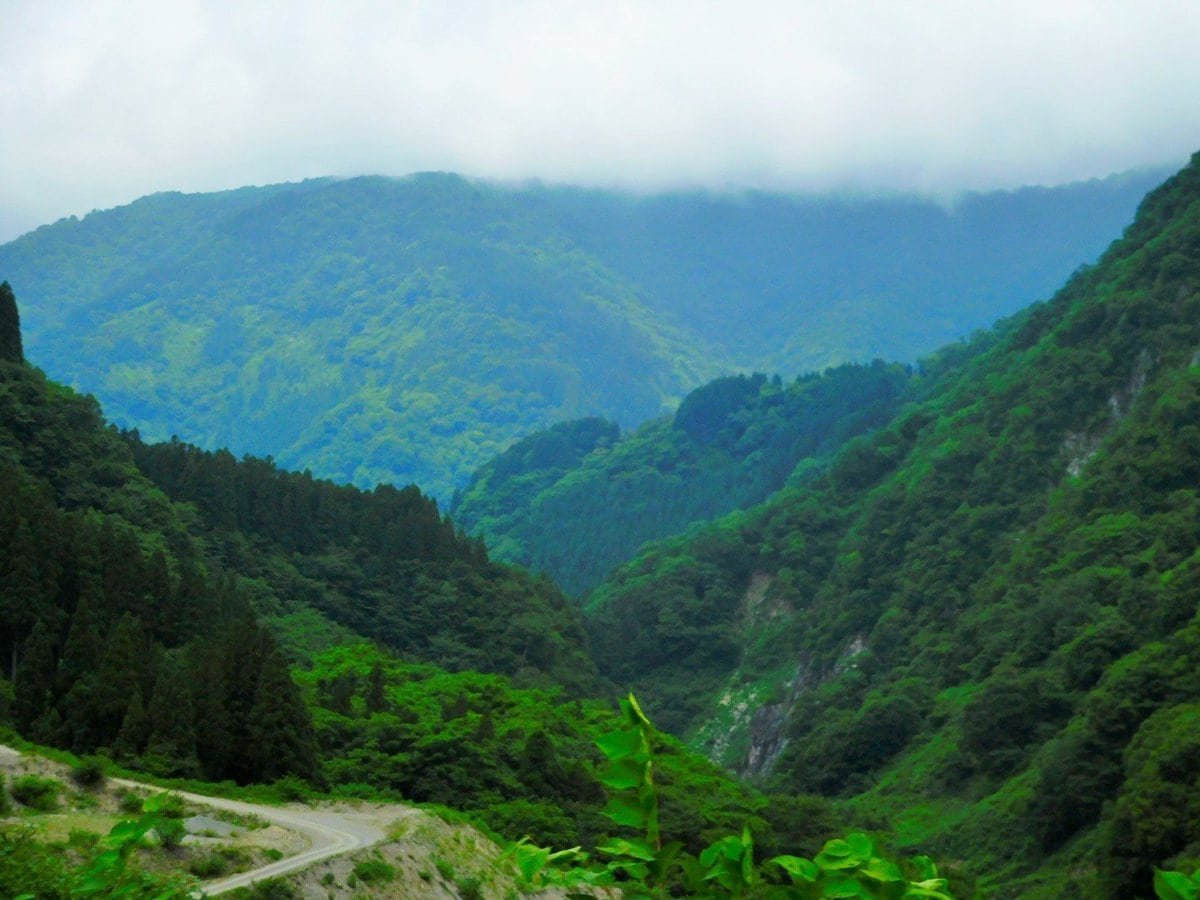

There are a couple of protected villages, famous for their grass roofs. Very picturesque and remote. Shirakawa is the largest but also busiest with tourists. Instead we went to Ainokuna and Suganuma.
